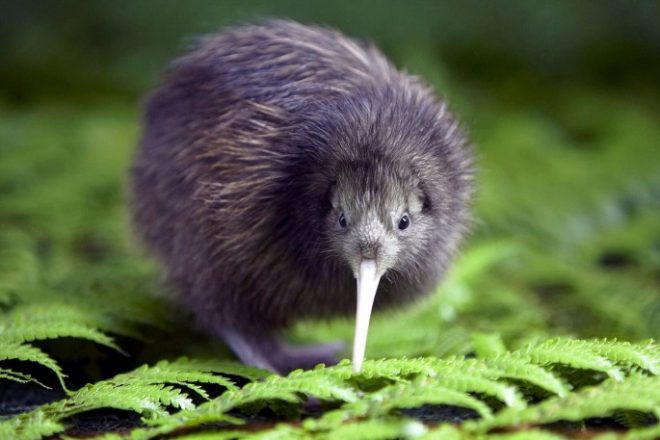정부는 70년 된 야생동물법을 대체할 예정이며, 이 법은 시대에 뒤떨어지고 뉴질랜드 토착 야생동물을 적절하게 보호하지 못한다고 주장한다.이 결정은 토착 종의 급격한 감소에 대한 우려 끝에 내려졌습니다.
환경 보호 협회의 CEO인 게리 테일러 (Gary Taylor) 는 이 법이 현대적 가치에 부합하지 않는다고 언급했습니다.뉴질랜드 토종 동물의 3/4 이상이 위험에 처해 있지만 현행법으로는 이들을 효과적으로 보호하지 못하고 있습니다.테 루낭가 파파 아타와이 오 테타이 토케라우 의장인 나이즈 마누엘 (Nyze Manuel) 은 이 법이 테 티리티 오 와이탕기의 근거가 부족하다고 덧붙이며 야생동물 보호에 있어 원주민의 목소리가 갖는 중요성을 강조했다.
자연보호부 (DoC) 는 이 법을 검토한 결과 토착 어종과 필수 해양 서식지를 보호하지 못하는 등 여러 영역에서 이 법이 부족한 점을 발견했습니다.
윌로우-진 프라임 (Willow-Jean Prime) 자연보호부 장관은 목적과 구조, 절차가 분명한 새로운 법을 제정하고자 합니다.그녀는 이 법의 한계를 보여주는 예로 백상아리에 관한 이전 판결을 인용했습니다.
새 법률은 종과 서식지 모두를 보호할 수 있는 더 나은 도구를 제공하는 것을 목표로 합니다.기후 변화의 영향, 침입종, 서식지 손실을 다루는 새로운 법에 대한 공개 협의가 진행될 예정입니다.
게리 테일러 (Gary Taylor) 는 개정된 법이 당사자 간 지지를 얻을 수 있기를 희망한다고 밝혔습니다
.




























































